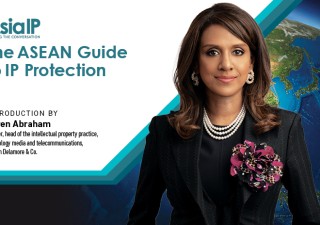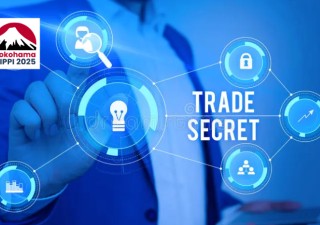Five tips to protect your trademarks
30 September 2020

Nick Redfearn, deputy CEO at Rouse in Jakarta, shares five key tips to help protect your trademarks from infringers.

Traditional investigate-and-raid enforcement is in decline. “In China, 50,000 administrative IP raids a year, for 20 years, hasn’t made a dent on counterfeiting. Instead, it created a brand protection monster, which needs to be constantly fed through a cycle of investigator leads, administrative seizures, small fines, and then everyone is back in business tomorrow ready to repeat. IP holders have spent several billion dollars over the past two decades, with limited effect on the overall problem,” Redfearn says. “The second issue is that infringement has moved online. Mass takedowns (often through online service providers) are of some use, but the danger is that creates a different brand protection monster to be fed, because it doesn’t tackle the real offline issue which is that someone still made and sold the counterfeits to the online vendor. Strategic advice is needed to knit together online and offline strategies. Thirdly, brand owners increasingly want to make data-driven decisions, which in turn require that they capture, manage and use valuable enforcement data using SaaS systems such as Chorus and other equivalents.”
Customs is still not used effectively enough. “China does some good work seizing exports, however Singapore, the largest transhipment port in the world, is earning from all the illicit goods that pass through it with limited attempts to prevent them. In Southeast Asia, around 2,000 seizures a year occur, most of which are in Thailand. The rest of the region does almost nothing to prevent counterfeit and pirated goods from entering,” he says. “That places the entire cost and burden on IP owners and inland authorities to chase down the shipments after they are broken up into smaller quantities and sold on, which is a far higher cost approach to tackling fakes – to both IP owners and national governments.”
Enforcement programmes need realistic key performance indicators (KPIs) to measure results. “Traditional KPIs tend to focus on activities and outcomes: investigations and raids have led to seizures, arrests and convictions. At best, focusing on activities and outcomes fails to measure what is of real value to a business: commercial impact. At worst, this approach creates incentives that perpetuate, not deter, counterfeiting and other forms of brand interference. Measuring impact requires a deep understanding of commercial ambitions and how counterfeiting (and other forms of brand interference) creates obstacles to those ambitions. That understanding comes from an effective dialogue between brand protection teams and the wider business,” he says. “We challenge clients to take a holistic approach to KPIs, exploring how activities and outcomes have changed the behaviour of those causing brand interference. Are known targets re-offending? How have enforcement efforts changed the behaviour of these competitors? Are infringers’ business models becoming more heavily costed? How is the wider adversary ecosystem adapting and evolving in the face of enforcement efforts?”
Many IP holders need to focus on brand interference issues and misuse of IP on services. “It is wrong to characterize all infringement issues in the modern economy as ‘counterfeiting,’” he says. “New technology, digital and up-and-coming brands often face misuse of their brands on services, or unrelated goods/services. For travel, tech and food and beverage brands, interference is often a far bigger issue than product counterfeits.”
Integrate enforcement with portfolio advice to ensure you have the right tools for enforcement work. “Too often brand protection is unconnected to trademarks, design filings, etc. The need for registered rights – especially in civil law markets and the problem of pirate trademarks for example – means the IP attorney and the brand protection teams need to work together to tackle infringement.”






